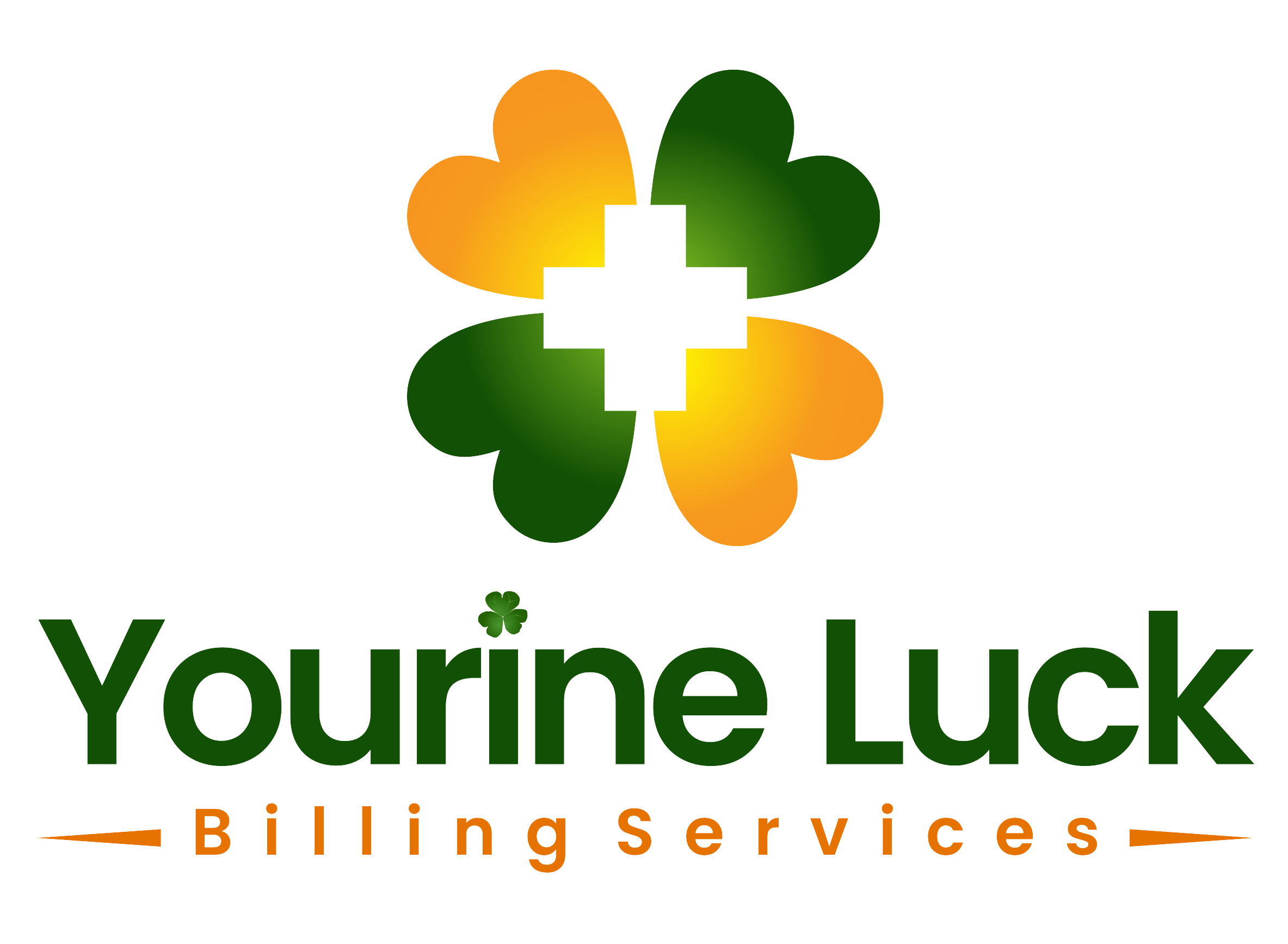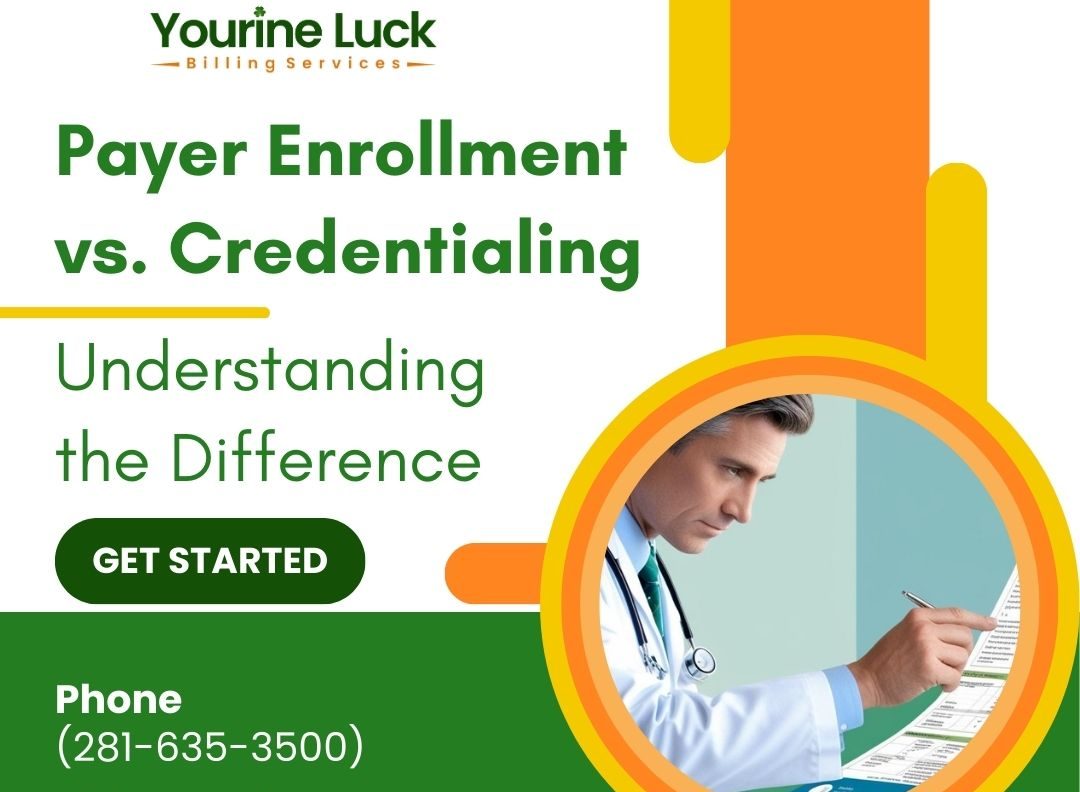In the complex landscape of healthcare administration, payer enrollment and credentialing are pivotal processes that ensure healthcare providers are authorized to deliver services and receive appropriate reimbursement. While these terms are often used interchangeably, they represent distinct procedures with unique objectives. A comprehensive understanding of both is essential for maintaining compliance, optimizing revenue cycles, and delivering quality patient care.
Defining Credentialing
Credentialing is a meticulous process that involves verifying a healthcare provider’s qualifications to ensure they meet the necessary standards to offer medical services. This process encompasses:
- Verification of Education and Training: Confirming the provider’s educational background, including medical school, residency, and any specialized training.
- Licensure Confirmation: Ensuring the provider holds valid and current licenses to practice in their respective state or jurisdiction.
- Assessment of Professional Experience: Reviewing the provider’s work history, including previous employment, hospital affiliations, and any clinical privileges.
- Background Checks: Investigating any history of malpractice claims, disciplinary actions, or criminal records to ascertain the provider’s professional standing.
The primary goal of credentialing is to safeguard patient safety by allowing only qualified and competent providers to deliver care. This process is typically conducted by healthcare organizations, hospitals, or third-party credentialing agencies and is a prerequisite for granting clinical privileges within medical facilities.
Exploring Payer Enrollment
Payer enrollment, also known as provider enrollment, is the procedure through which healthcare providers become affiliated with insurance companies, including government programs like Medicare and Medicaid. This affiliation enables providers to bill and receive reimbursement for services rendered to patients covered by these payers. Key components of payer enrollment include:
- Application Submission: Providers submit detailed applications to insurance networks, furnishing information about their credentials, practice locations, and services offered.
- Contract Negotiation: Establishing agreements that outline the terms of participation, reimbursement rates, and compliance requirements.
- Compliance Verification: Ensuring that providers adhere to the specific standards and regulations set forth by each insurance payer.
Successful completion of the payer enrollment process is crucial for providers to expand their patient base and secure timely reimbursements, thereby enhancing the financial health of their practice.
Key Differences Between Credentialing and Payer Enrollment
While both processes are integral to a provider’s operational success, they differ in several aspects:
- Purpose: Credentialing focuses on validating a provider’s qualifications and competence to ensure patient safety. In contrast, payer enrollment centers on authorizing providers to bill insurance companies for services rendered.
- Scope: Credentialing is concerned with a provider’s professional background, including education, licensure, and experience. Payer enrollment deals with the administrative aspects of linking providers to insurance networks.
- Timeline: Credentialing is often a more time-intensive process, potentially taking several months due to its comprehensive nature. Payer enrollment, while still detailed, may have a shorter timeframe, depending on the payer’s requirements.
- Outcome: The result of credentialing is the granting of clinical privileges within healthcare facilities. Payer enrollment culminates in the provider’s inclusion in insurance networks, enabling reimbursement for covered services.
The Interconnected Nature of Credentialing and Payer Enrollment
Despite their differences, credentialing and payer enrollment are interconnected processes. Credentialing is typically a prerequisite for payer enrollment; insurance companies require assurance of a provider’s qualifications before allowing them into their networks. Therefore, a streamlined credentialing process can expedite payer enrollment, facilitating quicker access to a broader patient population and improved revenue streams.
Challenges in Credentialing and Payer Enrollment
Both processes present unique challenges:
- Complexity and Variability: Each insurance payer may have distinct requirements and standards, making the processes intricate and sometimes inconsistent.
- Time Constraints: Lengthy processing times can delay a provider’s ability to see patients and receive reimbursements, impacting the practice’s financial stability.
- Resource Intensive: Managing the extensive documentation and administrative tasks requires dedicated personnel and resources, which can be burdensome for smaller practices.
Strategies for Streamlining the Processes
To navigate these challenges effectively, healthcare providers can adopt several strategies:
- Utilize Credentialing and Enrollment Services: Partnering with specialized firms, such as Yourine Luck Billing Services, can offload the administrative burden. These experts handle the complexities of both processes, ensuring accuracy and efficiency.
- Implement Technology Solutions: Leveraging credentialing software can automate and expedite the verification and enrollment processes, reducing errors and saving time.
- Maintain Organized Records: Keeping meticulous and up-to-date records of all necessary documentation can facilitate smoother interactions with credentialing bodies and insurance payers.
- Continuous Education and Training: Staying informed about the latest regulations and payer requirements ensures compliance and prepares the practice to adapt to any changes promptly.
Conclusion
Understanding the distinctions between payer enrollment and credentialing is vital for healthcare providers aiming to deliver quality care while maintaining operational efficiency. By recognizing the unique purposes and challenges of each process, providers can implement effective strategies to streamline their administrative functions. Collaborating with experienced billing services, such as Yourine Luck Billing Services, and embracing technological advancements can significantly enhance the efficiency of these processes, leading to improved patient care and optimized revenue cycles.
If you want to read more information about how to boost traffic on your Website just visit –> The Insider’s Views.


